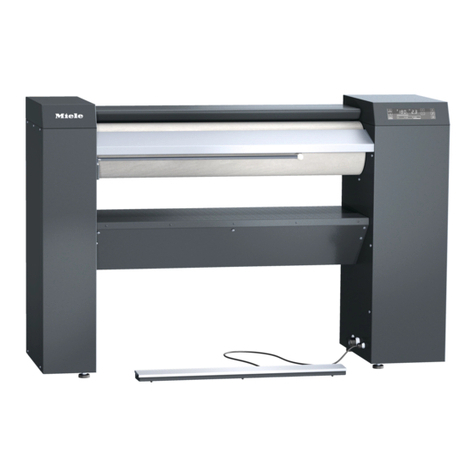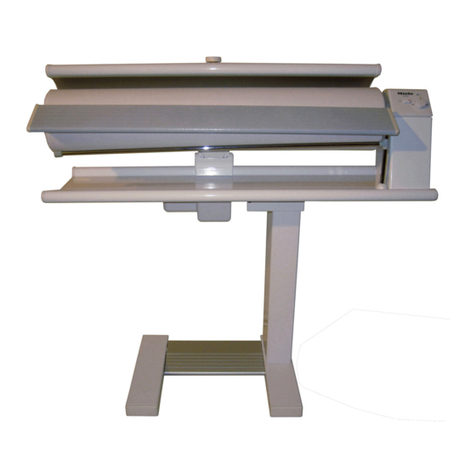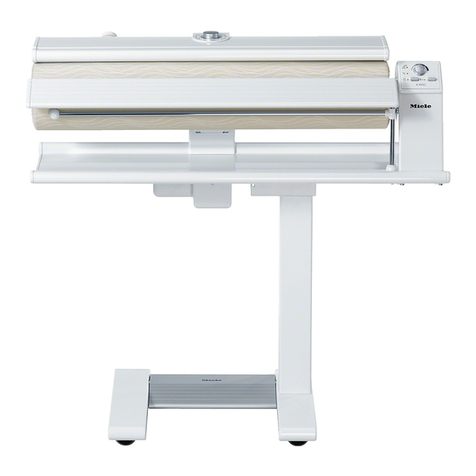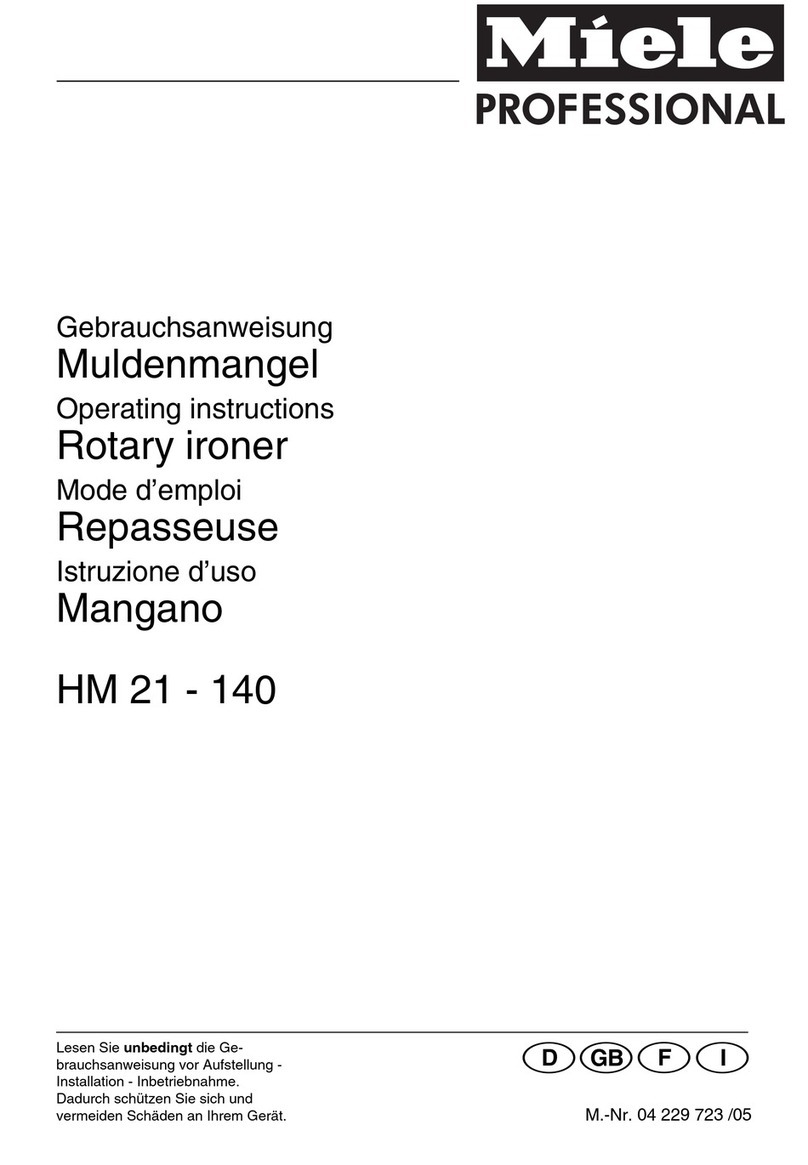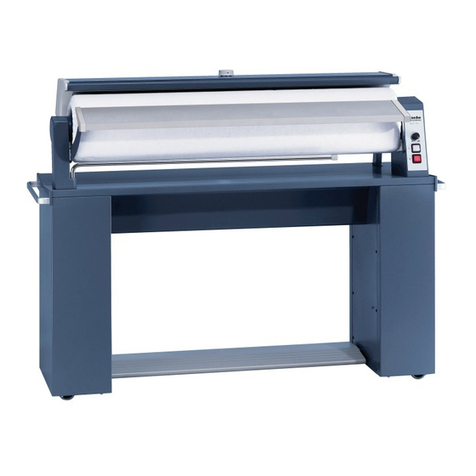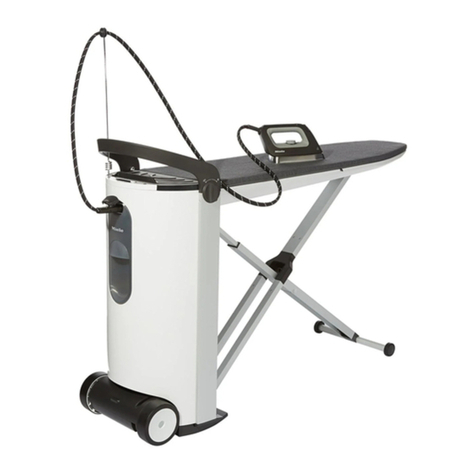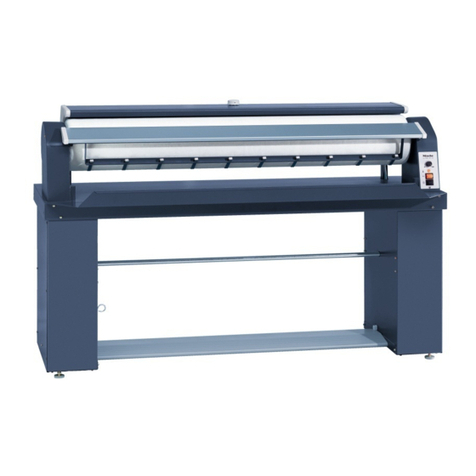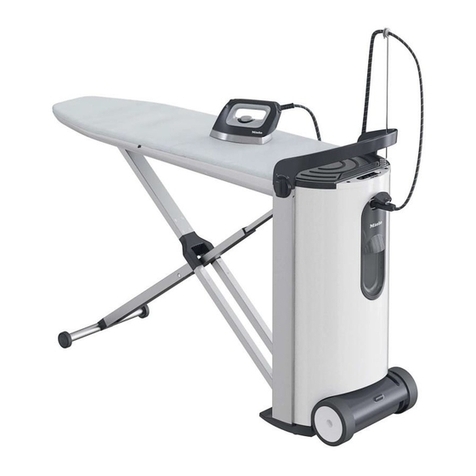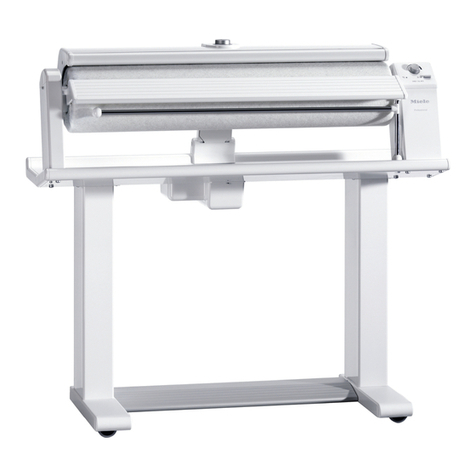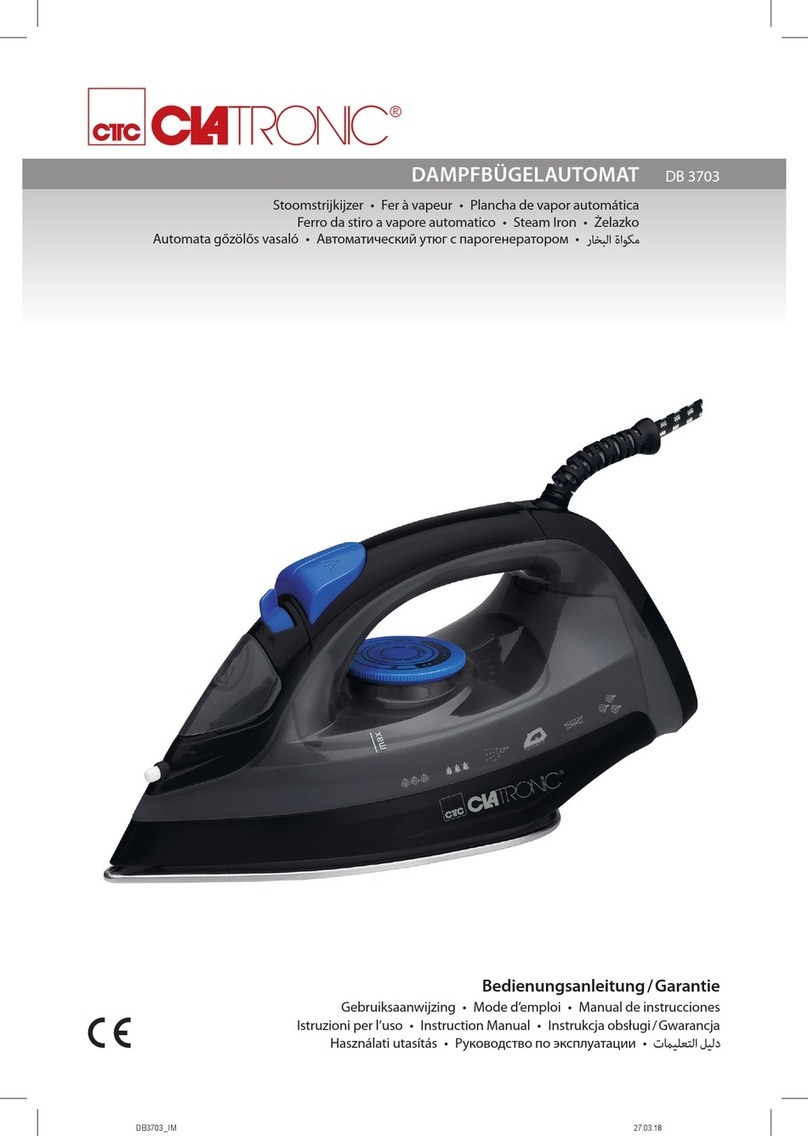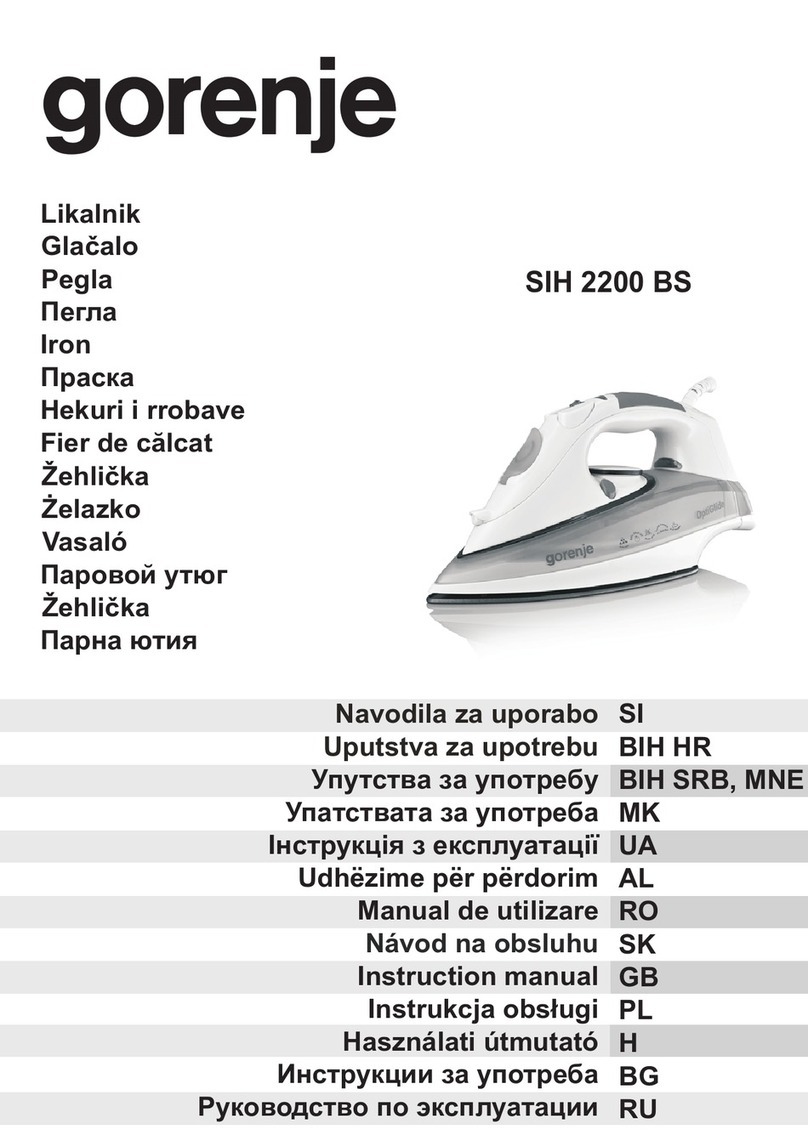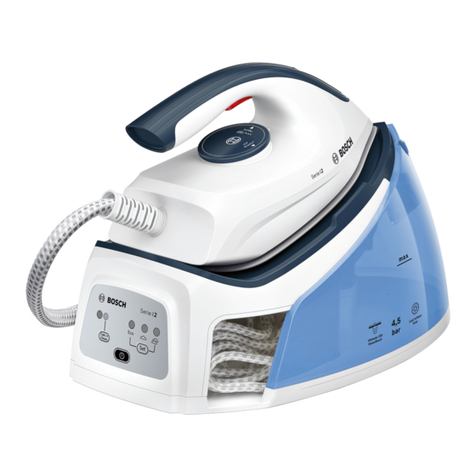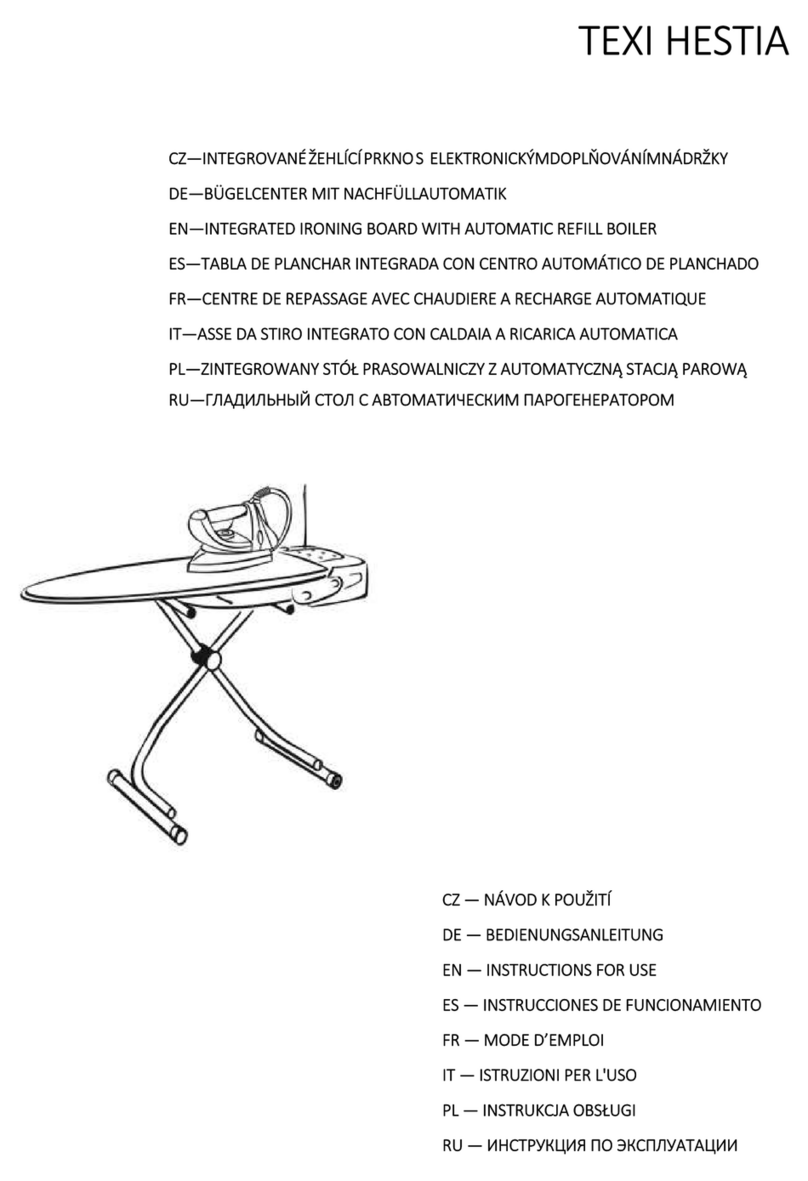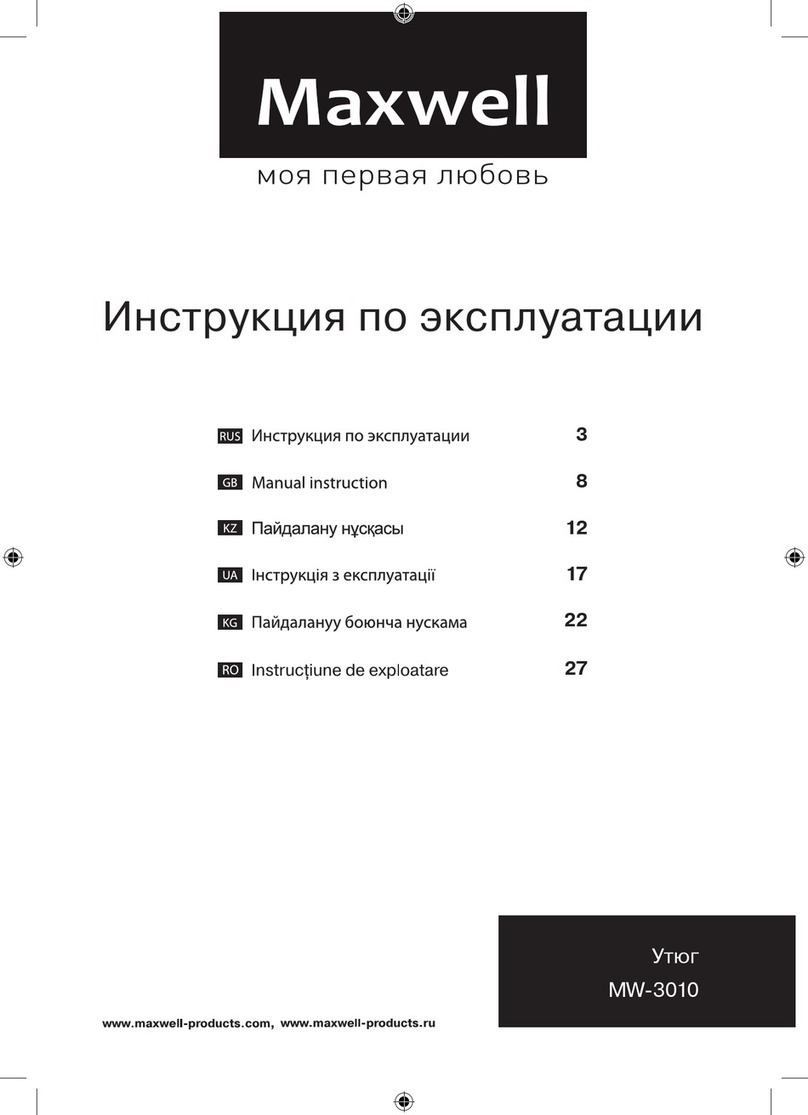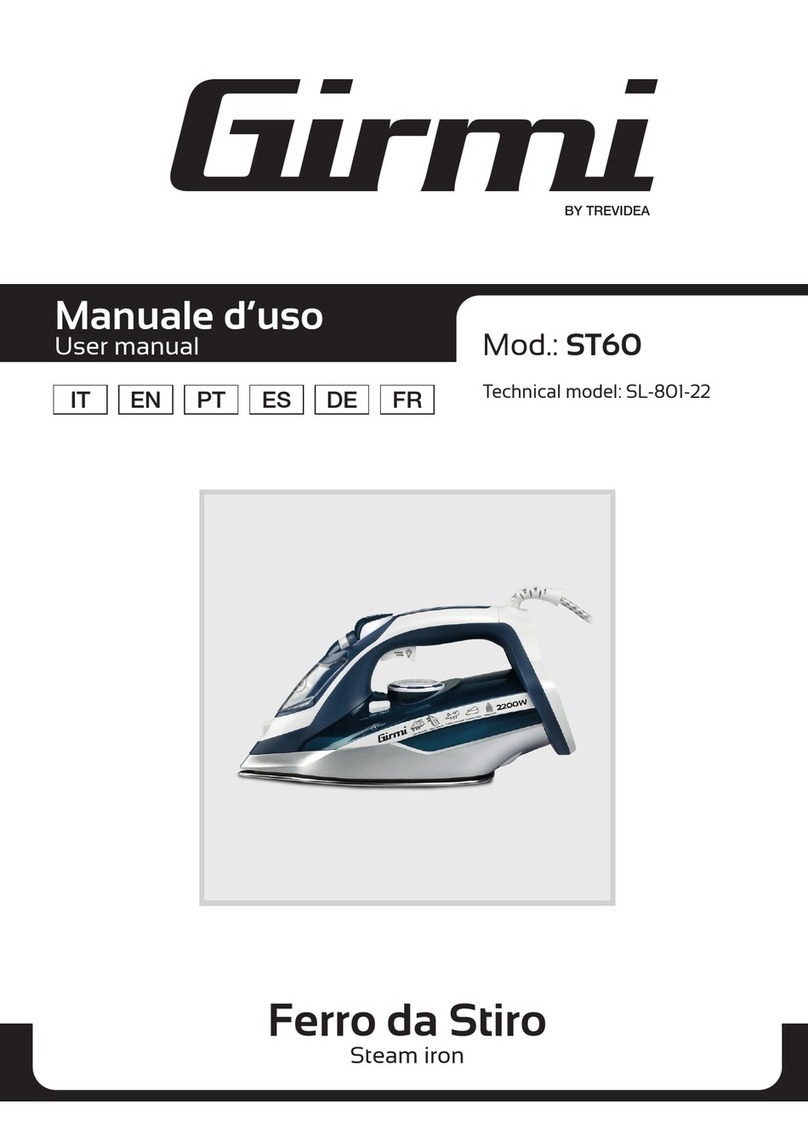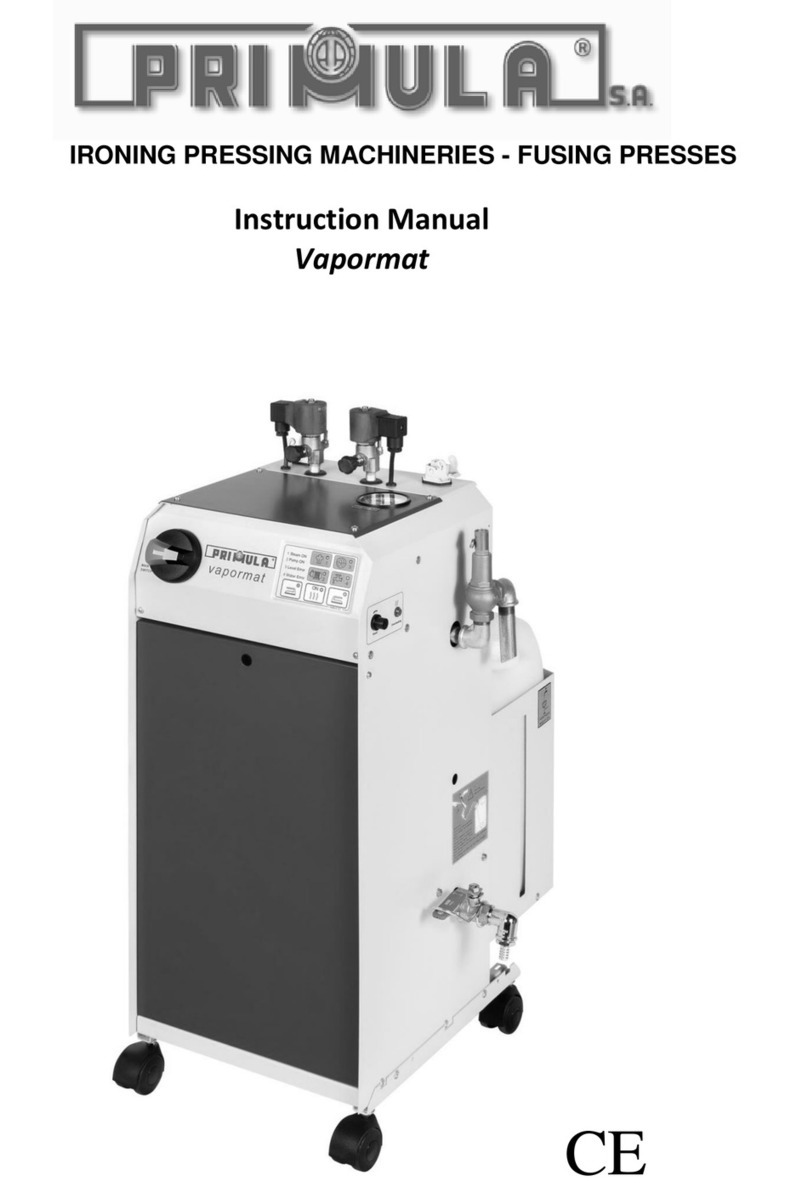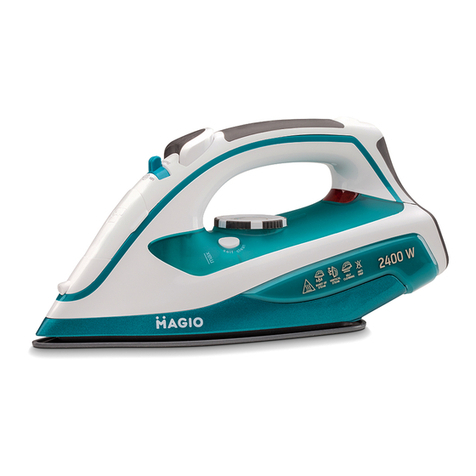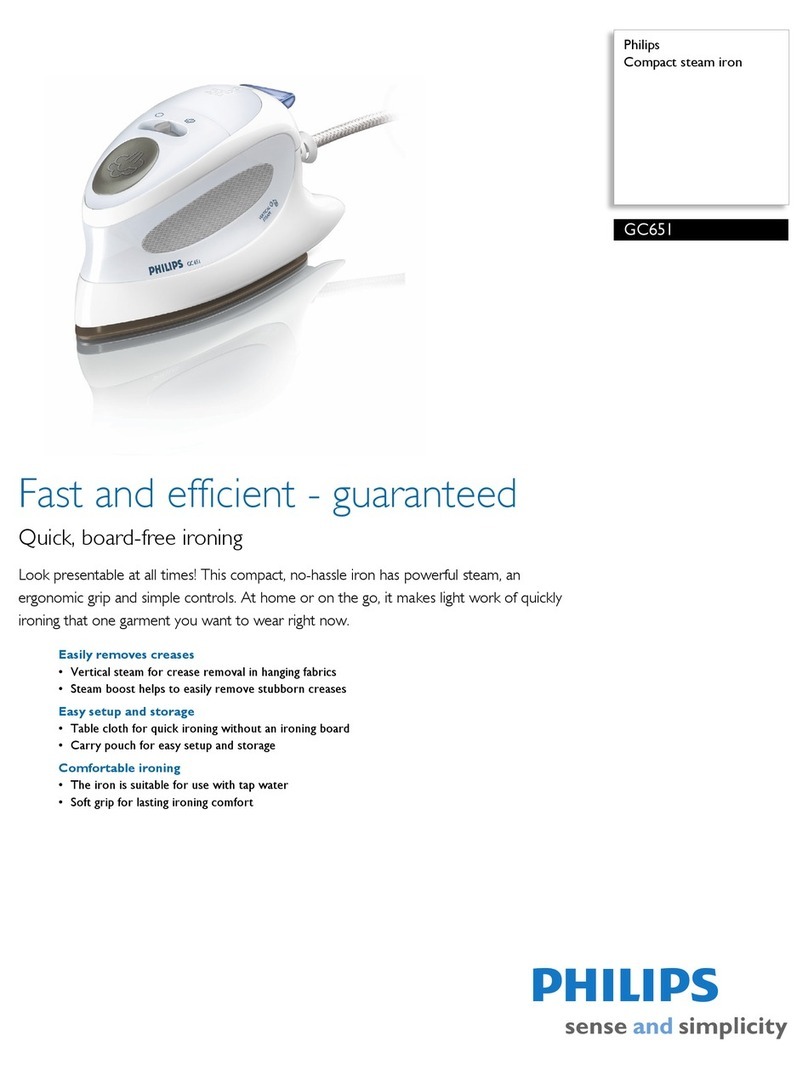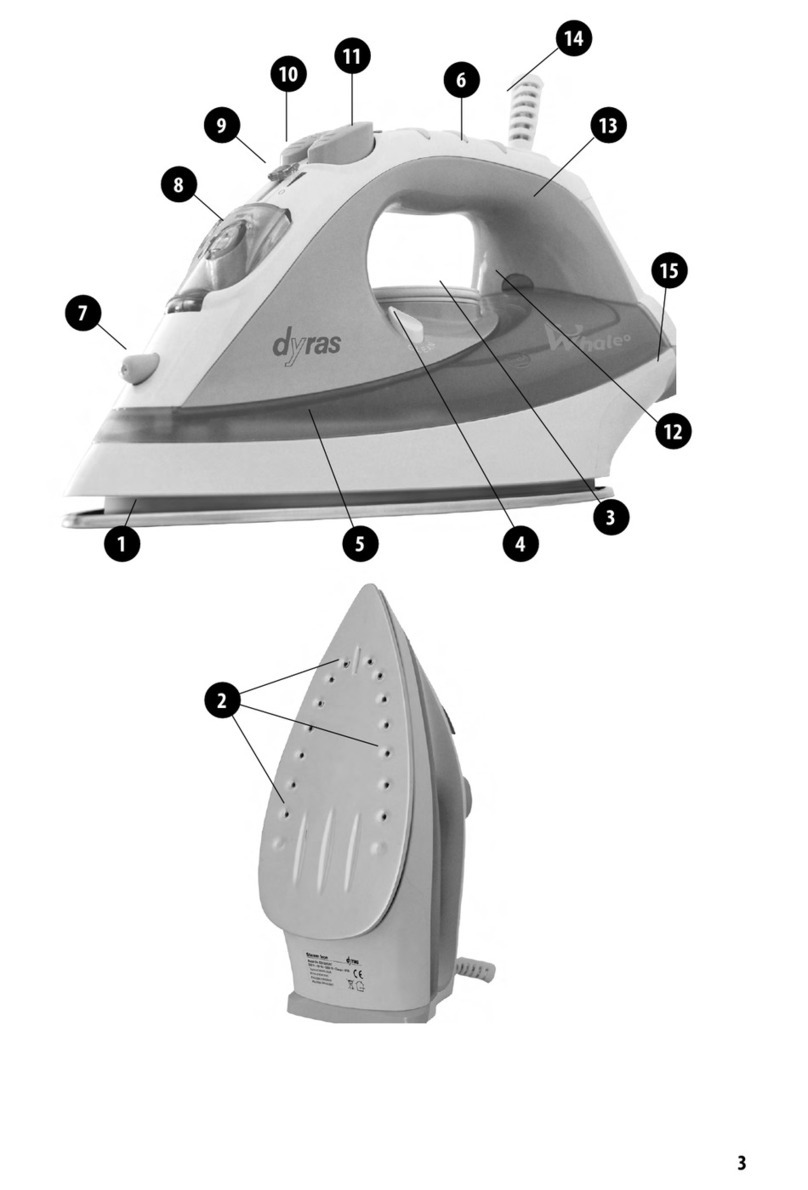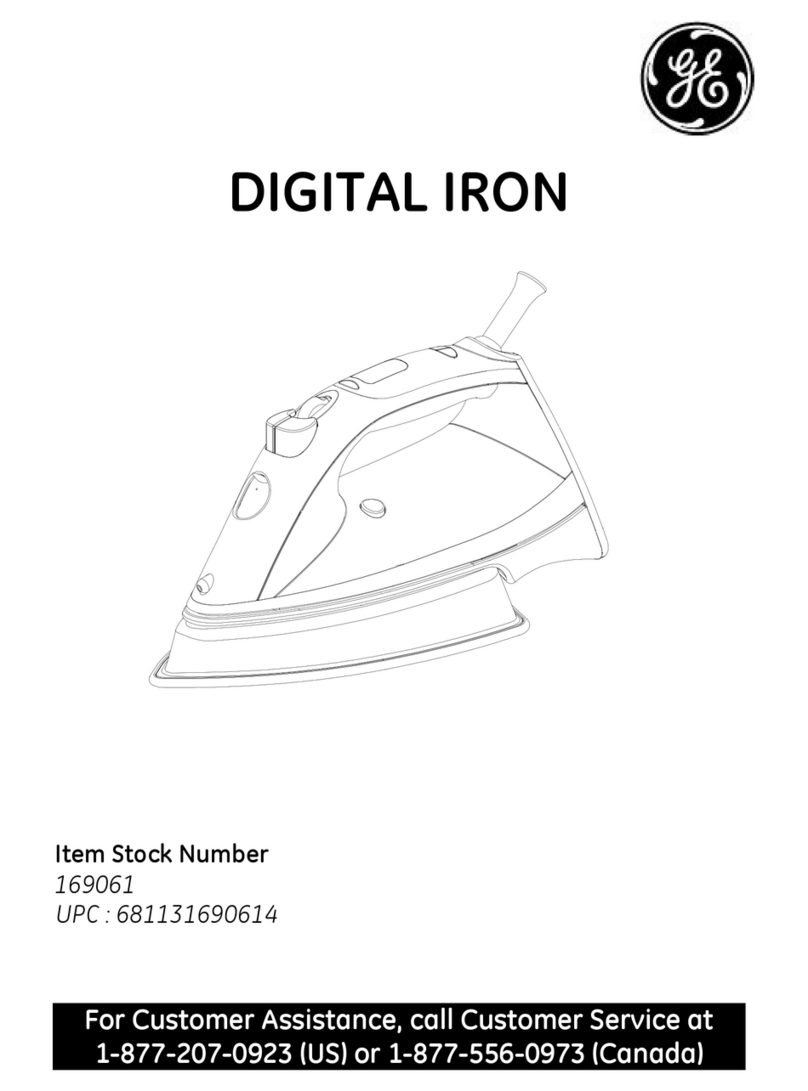
Contents
2
Caring for the environment ............................................................................................ 4
IMPORTANT SAFETY INSTRUCTIONS .......................................................................... 5
Appropriate use................................................................................................................. 5
Technical and electrical safety ......................................................................................... 5
Use of the appliance ......................................................................................................... 6
Using accessories ............................................................................................................ 6
Notes on the use of this machine ..................................................................................... 7
Appliance overview ......................................................................................................... 8
Touch display .................................................................................................................... 9
Display symbols ................................................................................................................ 11
Finger guard ...................................................................................................................... 12
Swing out bar .................................................................................................................... 13
Flexible laundry feed for outfeed laundry removal ............................................................ 13
Before using for the first time ........................................................................................ 14
Cleaning and waxing before starting up for the first time ................................................. 14
Use.................................................................................................................................... 15
Preparing the laundry ........................................................................................................ 15
Residual moisture.......................................................................................................... 15
Sorting the laundry ........................................................................................................ 15
Preparing for use ............................................................................................................... 15
Ironing................................................................................................................................ 16
Ironing temperature ....................................................................................................... 16
Setting the ironing temperature..................................................................................... 16
Changing the value of a temperature selection button ................................................. 17
Ironing speed................................................................................................................. 17
Setting the iron speed ................................................................................................... 18
Changing the value of a spin speed selection button ................................................... 18
In-feed of laundry .......................................................................................................... 18
Removal of ironed laundry ............................................................................................ 19
Pausing ironing.............................................................................................................. 19
Standby mode............................................................................................................... 19
“FlexControl” footswitch ............................................................................................... 19
Stopping ironing ................................................................................................................ 20
Ironing with a coin-operated payment system.................................................................. 20
Notes for installer ............................................................................................................ 22
Installation ......................................................................................................................... 23
Setting up the rotary iron................................................................................................... 23
Electrical connection ......................................................................................................... 23
Duct for venting steam ...................................................................................................... 24
Substitute duct lengths ................................................................................................. 24
Maximum permissible total duct length ........................................................................ 26
Optional accessories......................................................................................................... 26
Mounting the base (optional)......................................................................................... 26
Notes ................................................................................................................................ 27
Changing the temperature unit.......................................................................................... 27
Saving and loading favorites ............................................................................................. 27
Preventing running while unloaded ................................................................................... 27
Continuing ironing after a power outage........................................................................... 27


